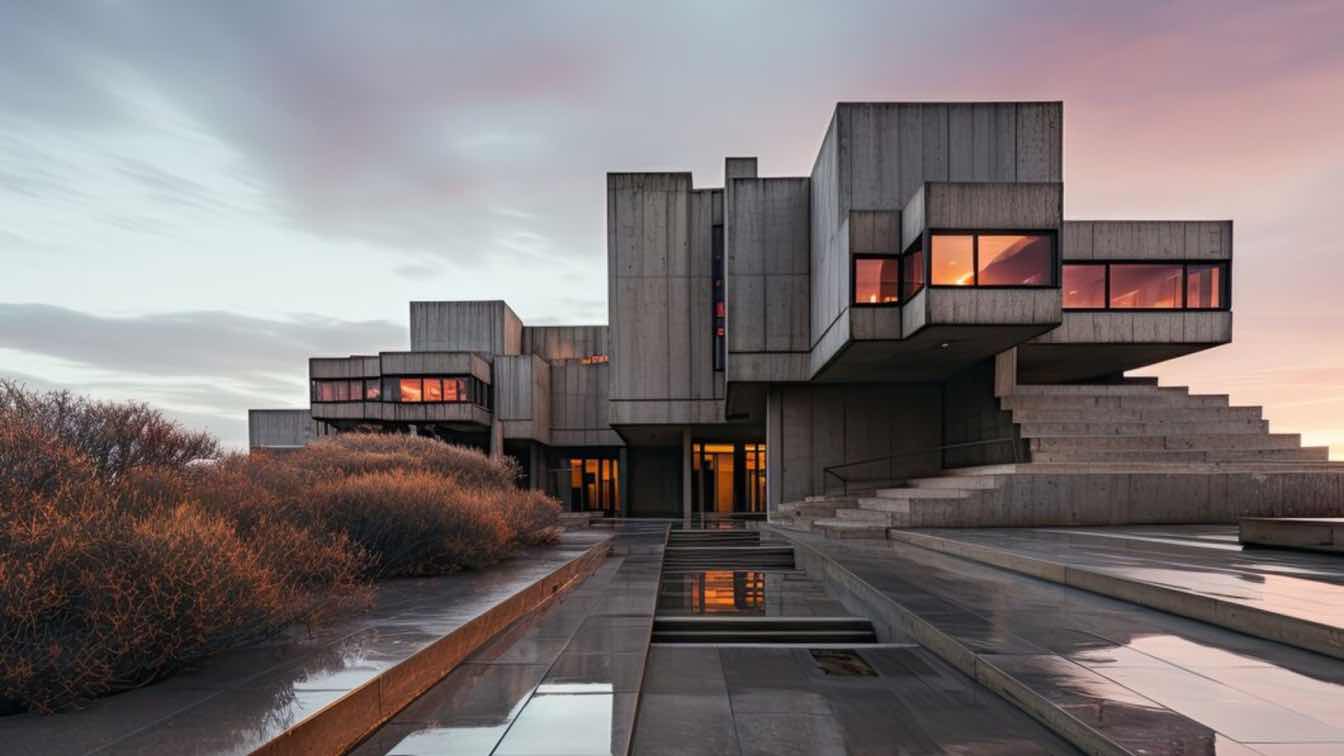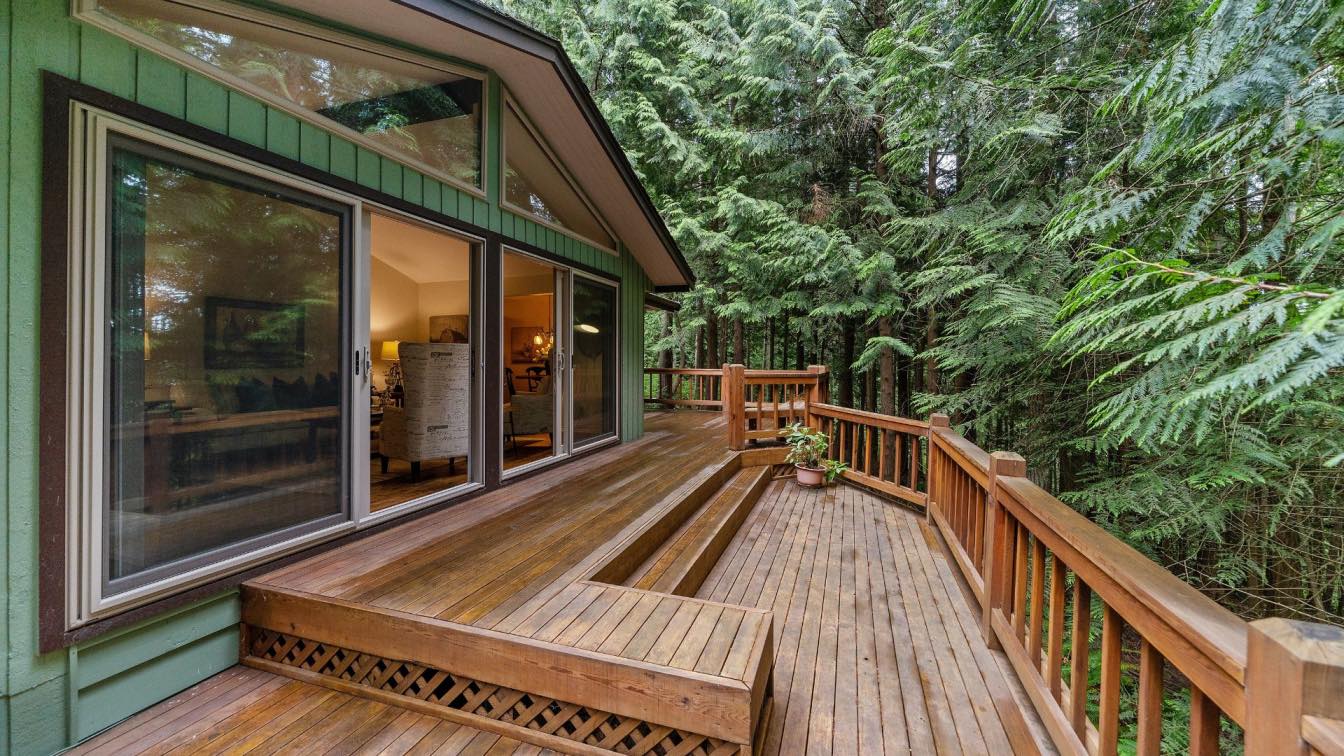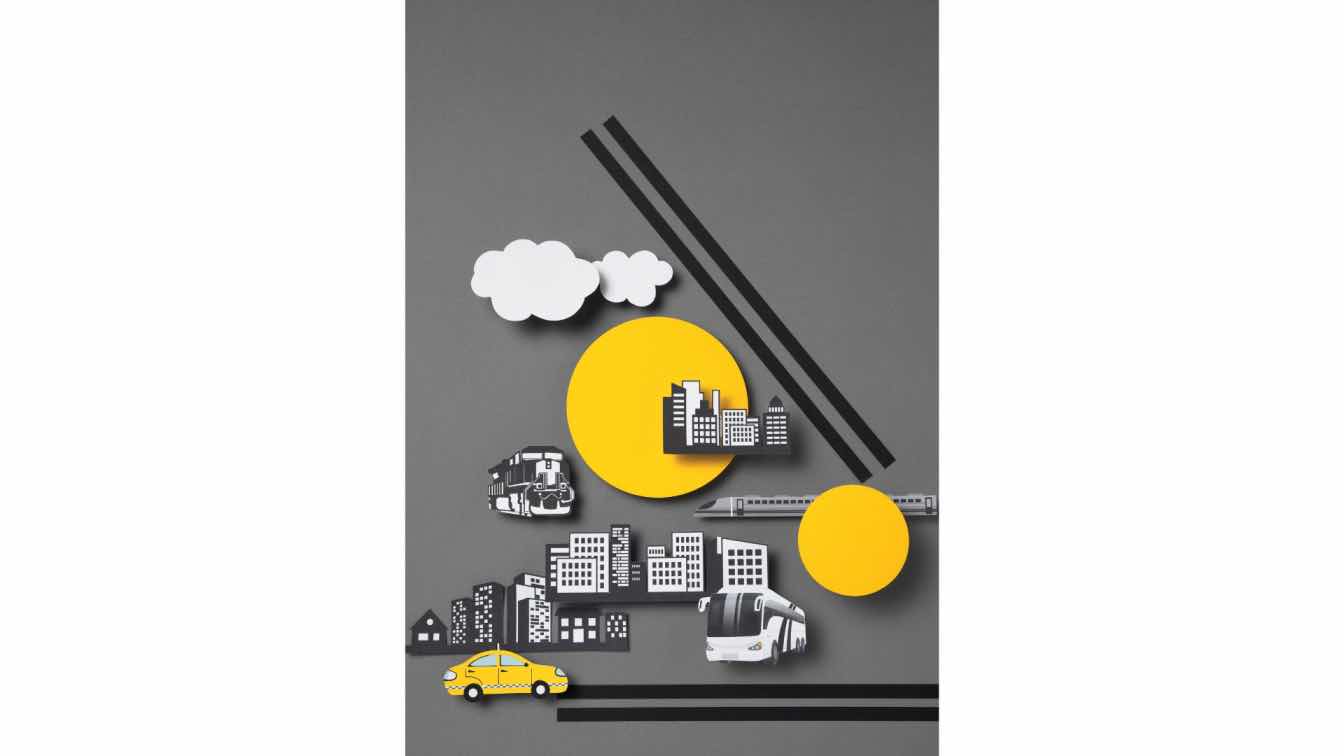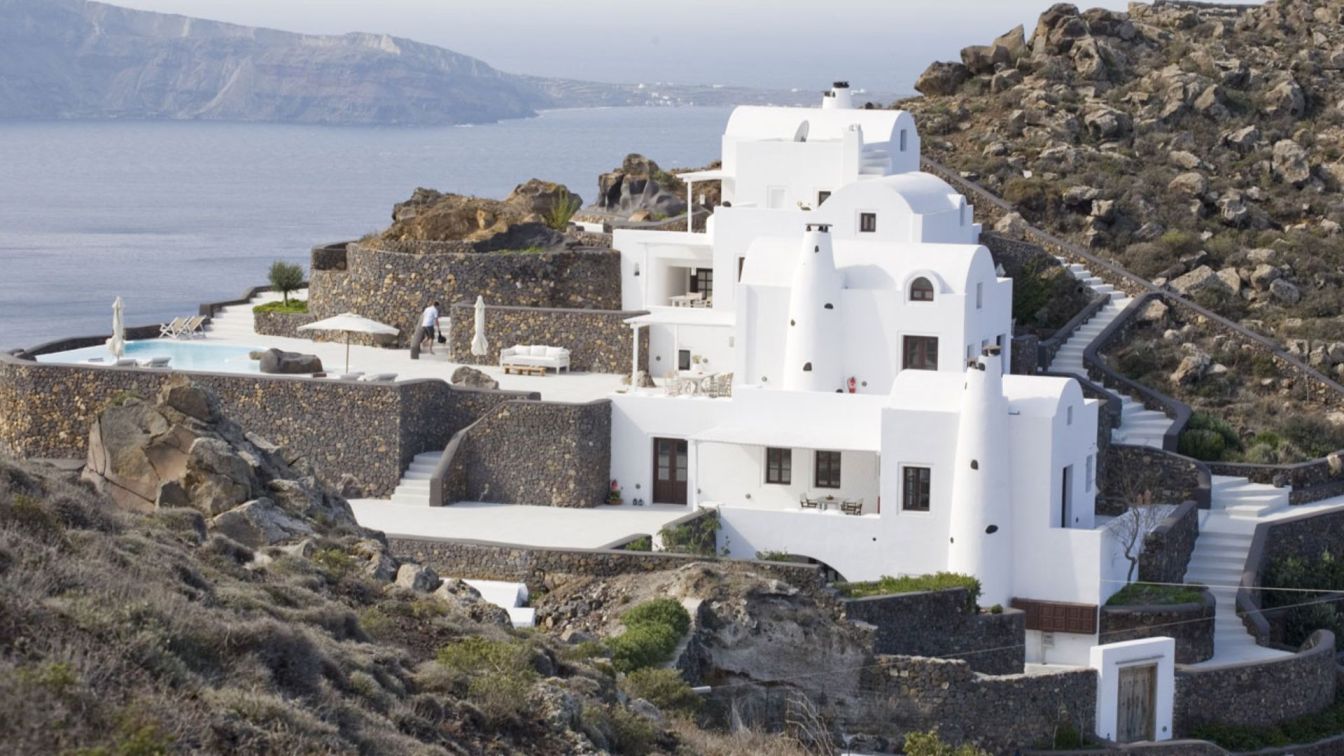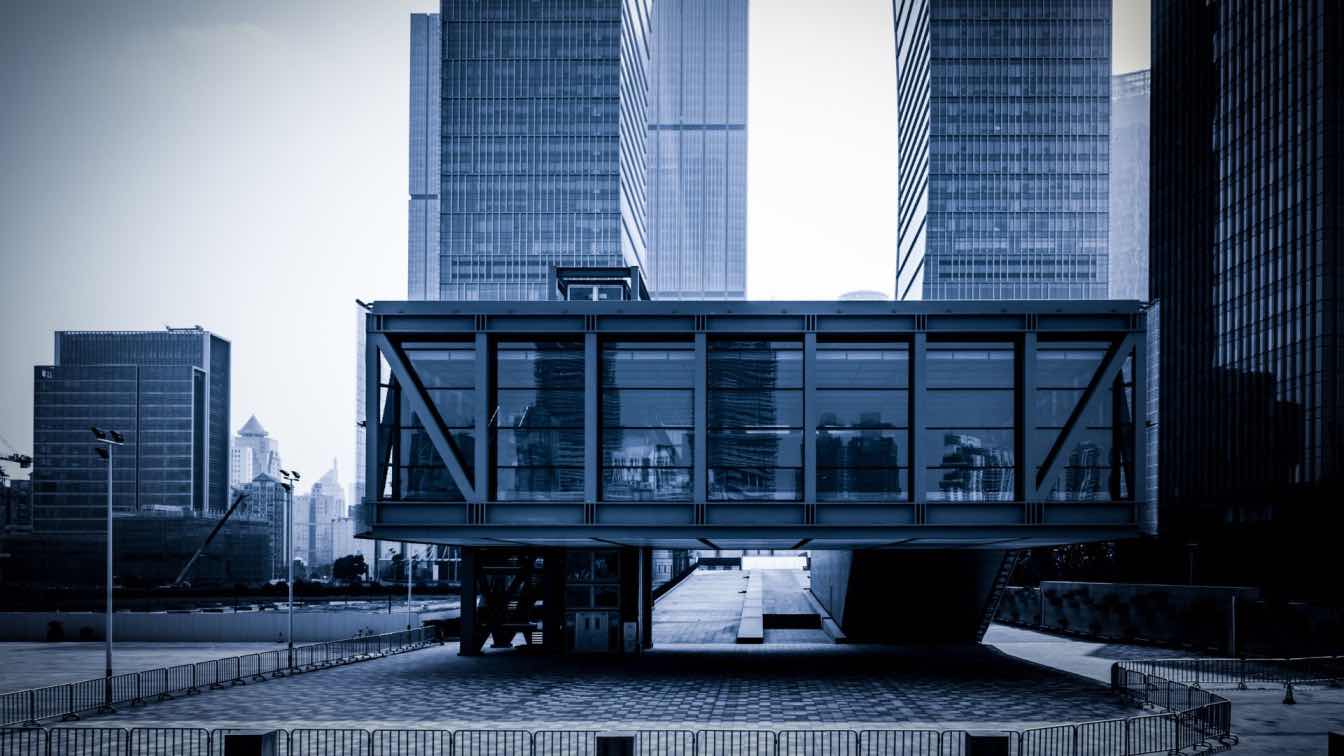When you hear the word “design,” it can conjure up a plethora of ideas, images, concepts, and notions. To some, it means the intricate process that shapes great architecture, from cathedrals to condominiums, and galleries to shopping malls, to name but a few constructions. Then, to others, design may mean all the development and creativity that goes into creating a premium website, app, or other digital platform. Then there is design in the realm of fashion, automobiles, technology hardware, and so many other things. In the news and media too, we are constantly informed about how design is changing, whether that is on a car or a website, a logo or a branded image.
Put another way, if something has been made, it was likely subject to various stages of design before it reached its final iteration. Take the online entertainment industry, just as one example. Whether it is Minecraft or COD, Roblox or the latest roulette game, the design process that continues to propel online experiences to new heights is competitive and constant. There’s no question that casino owners, game developers, and everyone else in the entertainment space have design at the forefront of their creation process.
The same could be true of what we perhaps call traditional architecture. As styles and trends change, and as engineering evolves, design and development go through many iterations, and architects try to come up with the next memorable building. From the stunning beauty of Cape Cod to the classic styles of London, the Renaissance aesthetics of Florence to the modern skylines that shape Manhattan, design is seen in many forms, each with its own beauty and value. But just how pivotal and influential is the design process to global industries? It’s a good question, and one well worth looking into.
Skyline, Online, Developments, Digital: Design Is A Ubiquitous Influence
When I think of design, specifically in the realm of architectural design, I think of a desk, pencils, boards, paper, perhaps an over-simplified, even romanticized idea of what design is. The process of design is, necessarily of course, not a one-size-fits-all concept. Depending on the industry, the requirements, the cost of the project, the person, and the ultimate goal, design can be slow or rapid, gradual or immediate, agile or more labored - it really does depend. Your industry determines how you design things and vice versa. I suspect that is a fair pillar on which to design the plinth of my point, if you will allow the pun.
From technological hardware to architecture, logo creation to brand development, and so much more, every industry, every sector, every product has an element of design. I often wonder about the design considerations that go into the most prestigious museums around the world, such as those in Cape Cod. In the same way, I ponder the powerful design talent that goes into every website and app that I use online, on mobile devices, and even on wearable tech - hardware that also requires cutting-edge design.
The point I am trying to make is that wherever I am, wherever I turn, whatever I am doing, evidence of design is all around me. It is, to use the word contained within my subheader, ubiquitous. With all the greatest intent and ideas in the world, without the talents shown by design experts and professionals in so many industries and sectors, we would not have the buildings, the hardware, the vehicles, the technology, the roads, or the infrastructure, and the world would not look as it does today. That is not hyperbolic; it is merely reflective.
Modern Design: Part Innovation, Part Inspiration, Part Presentation
When it comes to design, it truly is a process, an art form perhaps, something that requires a combination of talents and an aggregation of approaches. A friend of mine, who is an architect of the highest order and renown, once told me that his success was a careful blend of innovation, inspiration, and presentation. Hard work, of course, underpins this, but in terms of presentation, he said that it was all to do with what people want, what is required, and what the age demands.
Innovation is something that drives many design projects. Without this, things would stay the same and as history in all industries attests, nothing ever stays the same. As the news and media landscape changes, so does the way we look at things, and the way we design things. Innovation is something that is found in many sectors, from technology to architecture, and all points between.
To conclude, modern design is, of course, a relative term, depending on the era, the age, the epoch. In a wider sense, it is something that we are made acutely aware of by every news network, media company, app, website, and indeed those who are designing whatever it is you are considering buying. It is a complex, multi-layered concept, much as it is a complex process, but one thing is certain: design drives industries forward, and that is never likely to change.

